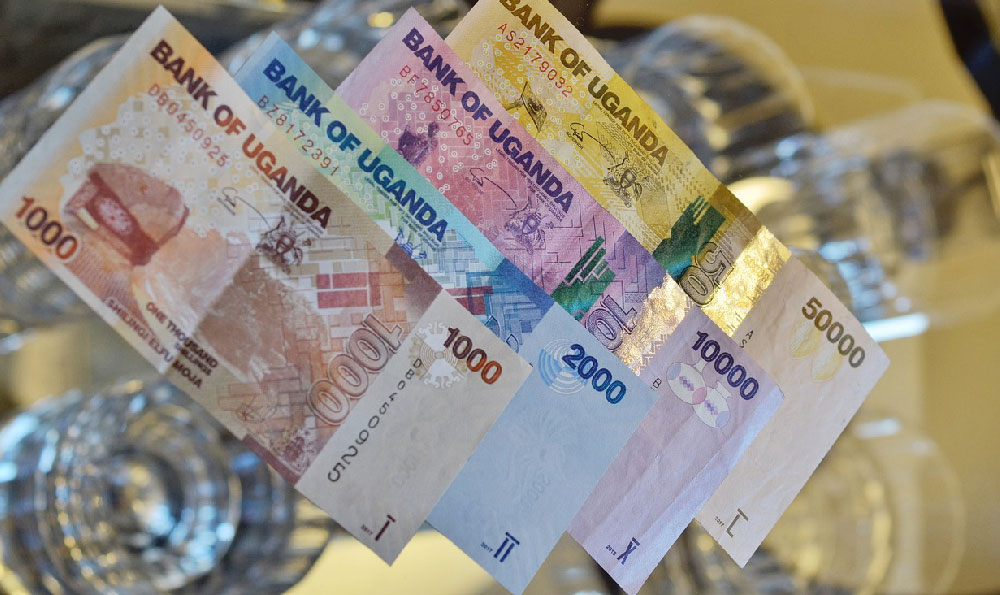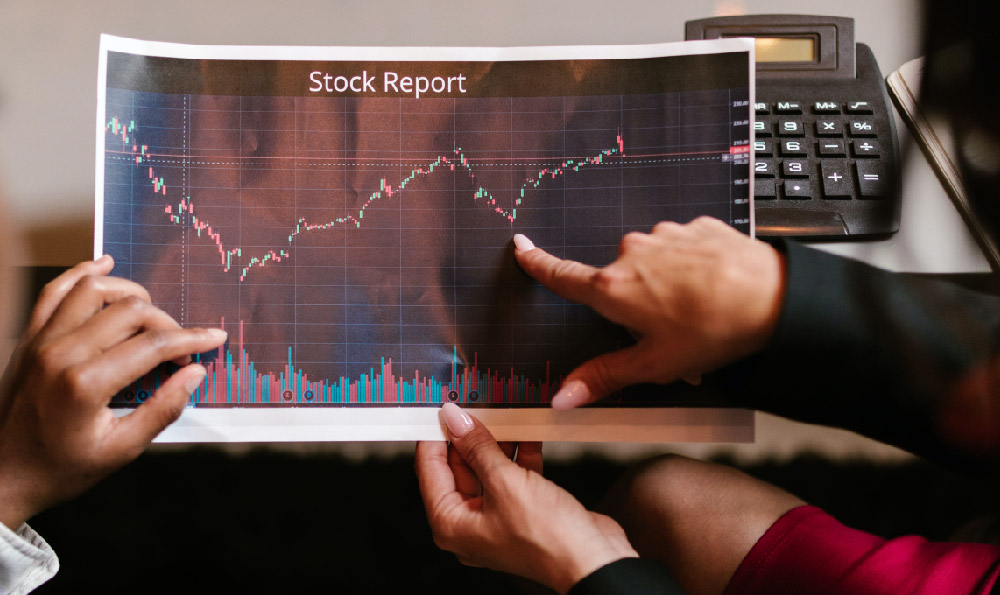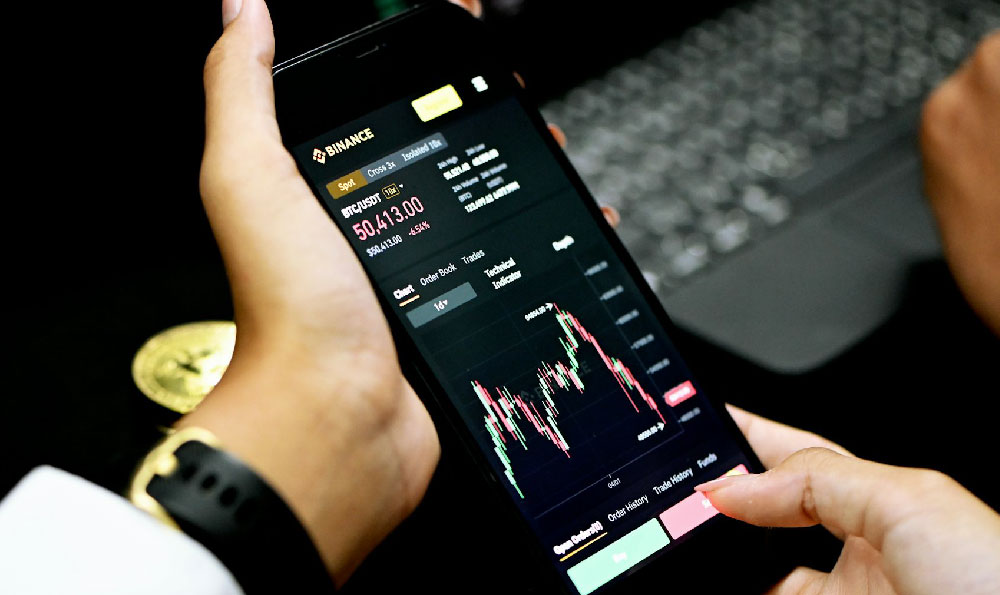Monetizing YouTube videos using copyrighted content is a complex and legally sensitive topic that requires careful consideration of intellectual property rights, platform policies, and the potential consequences for both content creators and rights holders. While YouTube's ecosystem offers numerous monetization opportunities, the inclusion of copyrighted material—whether audio, video, or image content—can introduce significant risks if not handled with proper knowledge and compliance. The platform has evolved over the years to enforce stricter copyright protections, particularly with the implementation of systems like Content ID, which automatically detect and flag potential violations. For creators, understanding the nuances of copyright law and YouTube's policies is crucial to navigating the financial potential of their content without jeopardizing their legal standing or access to revenue streams.
The use of copyrighted content in YouTube videos for monetization typically falls into two categories: direct infringement and indirect use. Direct infringement occurs when a creator uses someone else's copyrighted material without permission, such as incorporating a song, movie clip, or trademarked image into their video. This can lead to the video being flagged by YouTube's Content ID system, which may result in the removal of the video, loss of monetization rights, or even account suspension. In some cases, the platform will allow creators to keep their video but restrict the ability to display ads or earn revenue, while in others, the content may be removed entirely, especially if it involves the use of protected works in a way that is deemed harmful to the rights holder. Additionally, the legal ramifications of copyright infringement extend beyond YouTube, as creators may face lawsuits for damages, particularly if the content is used for commercial purposes or generates substantial profits. While the financial independence offered by YouTube's monetization tools is appealing, the legal risks associated with unauthorized content use can be severe and long-lasting.
Conversely, there are instances where the use of copyrighted content can be permissible, depending on the specific context and legal frameworks. For example, the concept of "fair use" allows limited use of copyrighted material for purposes such as commentary, criticism, parody, or education without requiring explicit permission. This principle is often cited in legal disputes involving YouTube content, but its application is not straightforward and depends on factors like the amount of content used, the purpose of the use, and the impact on the original work's market value. However, it is important to note that fair use is a defense rather than a permission, and proving it in court can be a difficult and time-consuming process. As such, relying on fair use as a strategy for monetizing content is generally considered a high-risk approach, especially for creators who are not well-versed in legal intricacies. Moreover, the enforcement of fair use varies across jurisdictions, meaning that a video that may be acceptable in one region could face legal challenges in another.

To monetize content legally, creators have several options to incorporate copyrighted material without violating intellectual property rights. One of the most straightforward methods is to use royalty-free music or stock footage, which is explicitly available for commercial use without requiring permission. There are numerous platforms offering such content, from free resources like YouTube Audio Library to paid libraries with more extensive collections. For example, using royalty-free music in a video can ensure that the content is both legally compliant and free from the potential complications of rights disputes. Additionally, creators can seek licenses from copyright holders, either through direct negotiation or through third-party platforms that facilitate licensing agreements. However, this approach often involves additional costs and may be impractical for certain types of content. For instance, a creator who wants to use a specific portion of a movie may need to request permission from the distributor, which could be a time-consuming and expensive process.
YouTube also provides tools and support for creators to manage copyright-related issues effectively. The Content ID system allows rights holders to identify their content and take action, such as claiming a portion of ad revenue or requesting the removal of the video. Creators can either accept the rights holder's request, which may involve splitting revenue or removing the content, or challenge the claim if they believe it is incorrect. Additionally, YouTube offers a "Content Partner" program for licensed creators, who can monetize content directly through the platform's monetization tools without the need to comply with Content ID policies. However, this program typically requires creators to have a formal relationship with the rights holder, making it challenging for independent creators to access these opportunities.
In conclusion, the monetization of YouTube videos using copyrighted content is a double-edged sword that requires creators to balance creative expression with legal compliance. While there are avenues for legitimate use of copyrighted material, the risks of infringement are substantial and can lead to the loss of revenue, content removal, and legal consequences. By understanding the intricacies of copyright law, leveraging appropriate licensing options, and utilizing YouTube's tools for content management, creators can maximize their financial potential while ensuring their activities remain within the bounds of legal integrity. The key to success in this space lies in thorough research, adherence to legal guidelines, and a proactive approach to addressing potential conflicts, ultimately allowing creators to navigate the complexities of monetizing content responsibly.












